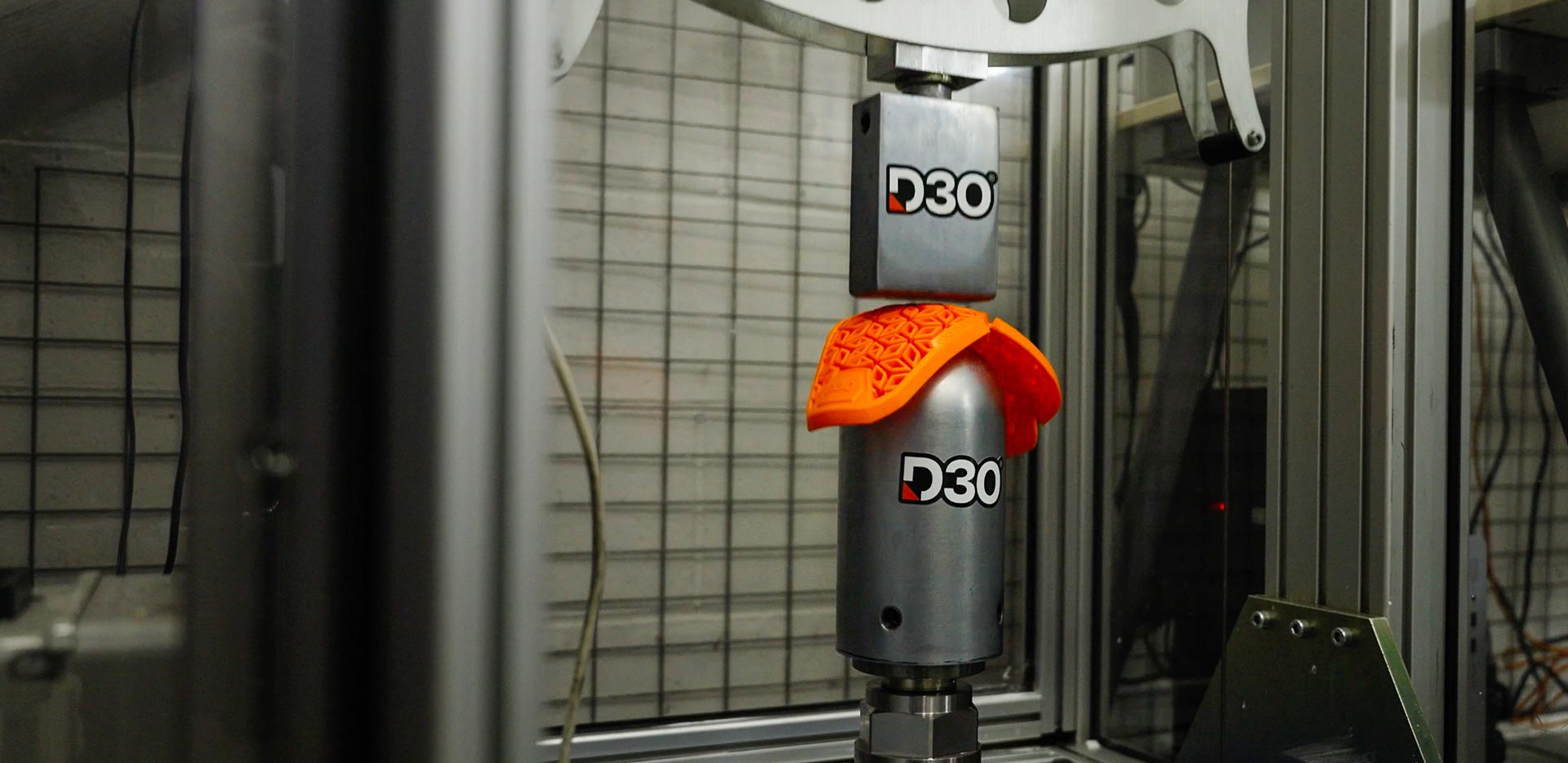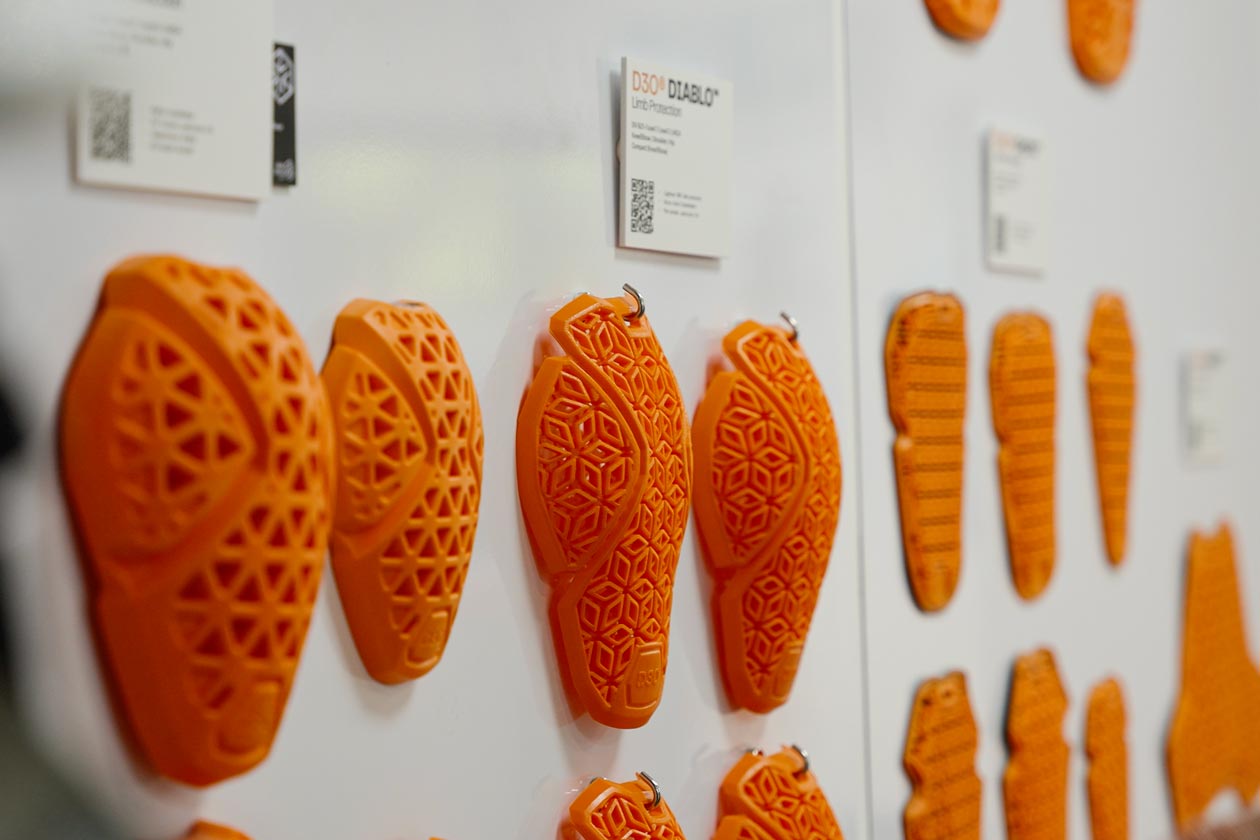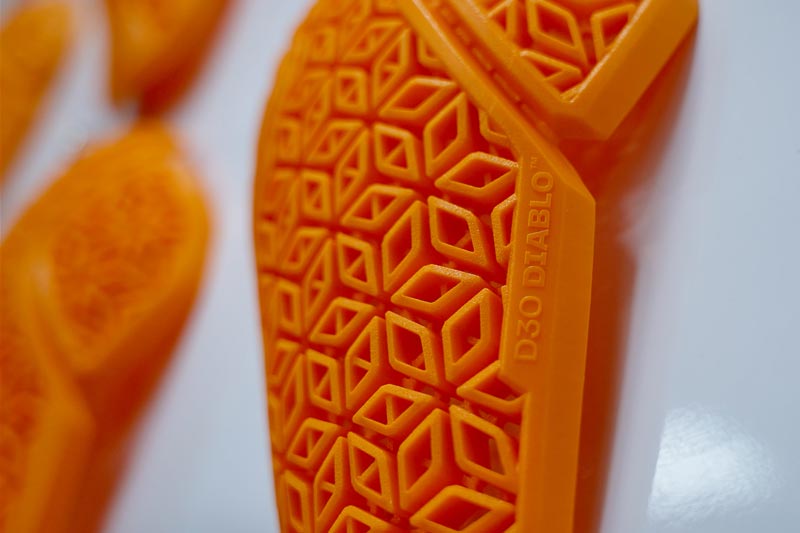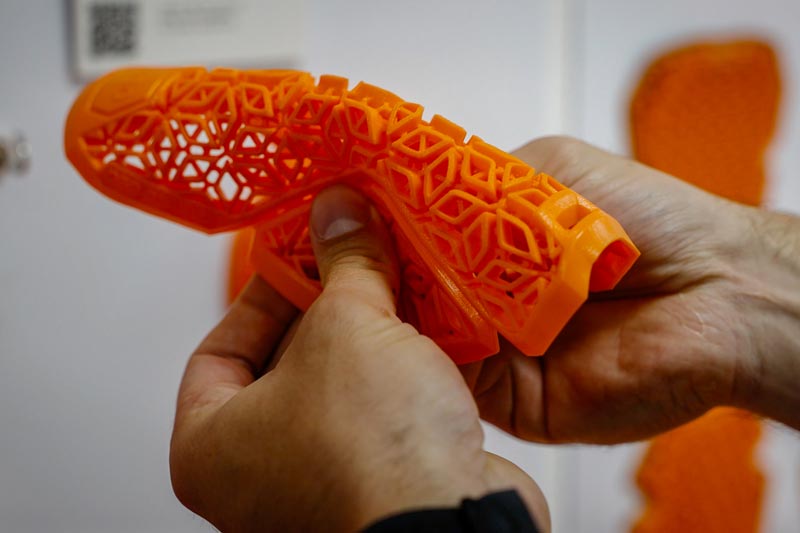
UNDERSTANDING PROTECTION CLASSIFICATIONS
HOW TO CHOOSE THE RIGHT PROTECTION FOR YOU
The terms “Level 1” and “Level 2” get thrown around when talking about mountain bike protectors, but what do these terms mean? And more to the point, why should you pay attention to them when you’re selecting your next knee, elbow or body protectors? During our visit to D3O to film our recent Dissected feature, we took the opportunity to learn more about protection classifications, with the goal of helping you decide which is appropriate to protect you on your rides.
WHAT’S THE GENERAL DEFINITION OF EACH LEVEL OF PROTECTION?
The MTB limb protection market typically rates their pads to the EN 1621-1 standard, which was originally written to classify motorcycle protection. Since there is not a mountain bike-specific standard, the bike industry has been using this system.
EN 1621 Level 1 prescribes the testing methodology and the Peak Transmitted Force (PTF) result thresholds required to qualify for certification to a certain level. The methodology includes everything from the apparatus (a hemispherical anvil and 5kg square impactor), the impact energy (which determines how high the impactor must be dropped from); and the ambient conditions.
For Level 1, the Peak Transmitted Force must fall below 35kN on average. Whereas for Level 2 certification, the PTF must be below 20kN on average. This means that impact protection of a Level 2 protector that is on the threshold exceeds a Level 1 protector on its threshold by 43%. In reality, most companies will design a protector to exceed the standards, so a Level 1 protector may only transmit a PTF of say 28kN, and a Level 2 may give results of 15kN or below in some instances.
In mountain biking, products that meet the level 2 standard are typically targeted at gravity products like downhill knee protection. However in motorsports, it’s becoming more and more of a norm rather than exception.
HOW DOES D3O DESIGN A PRODUCT TO HIT EACH PROTECTION LEVEL?
D3O tunes both the material and the geometry of each of their protection inserts to fit a certain brief. Within this, they’ll often design a more lightweight and more protective version of the product to sit within the Level 1 and Level 2 umbrellas, respectively.
As such, the certification standard levels can be used to help identify which item within a certain D3O product line is the most appropriate. However, the classification level does not tell the full story. Between brands, the comfort and performance can vary significantly, so a Level 2 pad by a competitor may not be as comfortable to wear as a D3O-equipped protector.
Even so, a Level 1 protector will typically have benefits from a lower profile geometry (which gives a better fit, especially with pants); to a more open geometry (allowing for increased airflow and flexibility), and a lower density (giving a lighter and more conforming pad).
Riders are looking for different things. Some want the thinnest and most breathable; while others may want to avoid injury at all costs, and are happy to sacrifice some ventilation and comfort. By certifying their protective inserts to EN1621, D3O wants to give customers a starting point for the speed, size of impacts and types of energy dissipation they can expect from each pad.

WHY CHOOSE A D3O PROTECTION PRODUCT OVER AN ALTERNATIVE?
D3O stands by the fact that the best protection is the pad you don’t feel like you’re wearing. As a result, it’s the pad that you’re most likely to wear at all times, ensuring it can do its job and protect you when it’s called upon.
D3O’s protection products aim to reduce the trade-offs that a rider can suffer from when seeking increased protection. Their products are designed to maximize comfort and minimize weight, giving the best fit and pedal–ability they can.
As a materials company, D3O has developed highly advanced protective materials. These give more damping for their weight and volume; and improved rate sensitivity to react best to the task at hand. The Level 1 and Level 2 classifications are important, but D3O is focused on maximizing the wearability of the pad inserts within each classification level. By pushing the other design aspects of a pad to their optimum point, products like D3O Diablo can claim to offer the lightest, thinnest, softest and most flexible knee pad on the market for a given level of impact protection.
The Wolf’s Take
For years, I’ve simply said “Level 1 pad for big pedaling days, Level 2 pad for bikepark”. But beyond that, I hadn’t paid much attention to the actual differences between each level of the standards. The difference between a typical non-D3O pad in Level 1 and Level 2 can be significant, with a Level 2 foam pad becoming seriously bulky and typically incredibly hot.
D3O helps to alleviate that a bit, and I’ve spent many days pedaling in Level 2 D3O pads without too much complaint. Of course, the Level 1 pad is still lighter and airier, so if you’re unlikely to go down hard or if you really value comfort and pedaling efficiency then the Level 1 is going to serve you better.
With D3O Diablo products approaching, I’ve got a feeling that I’m going to be making use of Level 2 rated protection more often. The flexibility and breathability that the Diablo Level 2 insert exhibits is impressive, and provided companies build good sleeves to go around the inserts, I think it’s going to be a killer offering for aggressive pedal-fed rides. Hell, I may even be convinced to wear a Diablo Level 1 elbow pad…and that’s really saying something. ![]()
SHARE THIS FEATURE
SUPPORT AND JOIN THE LOAM WOLF PACK
Did you find this review helpful? Would you like the chance to review (and keep) products? Are you interested in saving big bucks by getting exclusive Members Only discounts from industry brands all while helping support a small, rider-owned media crew? We have big plans for our members beyond big discounts and product giveaways! To learn more and help support small, independent media, visit our Member’s Page.


